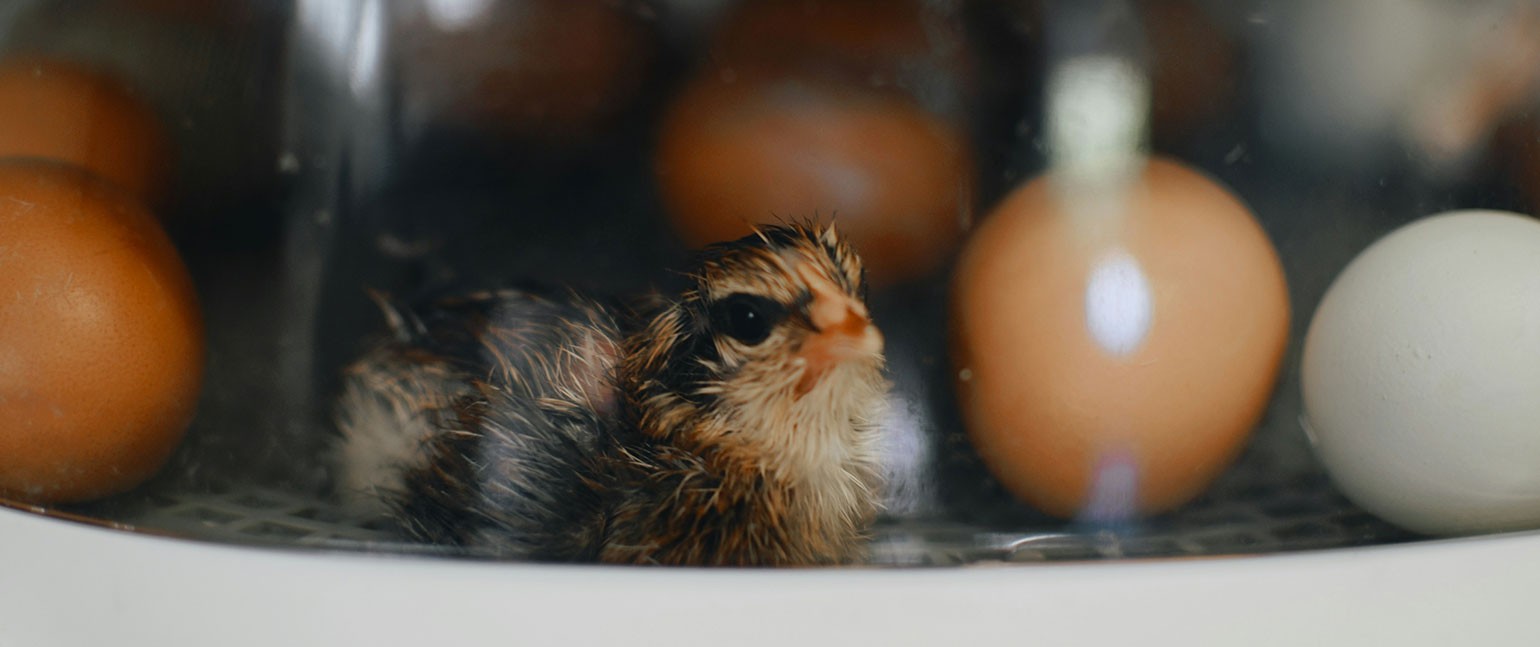I. The Role of Oxygen in Hatcheries
Oxygen is an indispensable key factor in the hatching process, particularly in artificially controlled environments (such as fish, poultry, amphibians, etc.). Its roles are primarily reflected in the following aspects:
1. Support for Embryonic Respiratory Metabolism
• Basis of aerobic respiration: Embryonic development relies on oxygen for cellular respiration, especially in high-density hatching environments. Adequate oxygen supply prevents metabolic disorders or embryonic death caused by hypoxia.
• Promotes growth and development: Oxygen participates in physiological processes such as protein synthesis and energy metabolism, directly affecting the developmental speed and health of offspring.
2. Maintaining Water Quality and Environmental Stability
• Aquatic hatching: Dissolved oxygen (DO) in water is critical for the survival of embryos of aquatic organisms such as fish and shrimp. Hypoxia leads to the accumulation of toxins (e.g., ammonia, hydrogen sulfide), inhibiting embryonic development.
• Poultry hatching: The oxygen concentration in ventilation systems must be balanced, as excessively high or low levels affect gas exchange efficiency within eggs.
3. Improving Hatching Efficiency and Survival Rates
• Reduces stress and disease: Sufficient oxygen enhances embryonic immunity, reducing risks of deformities, weak offspring, or infections caused by hypoxia.
• Accelerates hatching processes: Optimizing oxygen concentration shortens hatching cycles, increasing productivity per unit time.
II. Advantages of On-Site Oxygen Generation Systems in Hatchery Applications
Pressure Swing Adsorption (PSA)/Vacuum Swing Adsorption (VPSA) oxygen generation technology directly produces high-purity oxygen through air separation, providing hatcheries with a stable and efficient oxygen source. Its core advantages include:
1. Economic Efficiency and Cost Savings
• Alternative to traditional oxygen supply: Eliminates reliance on liquid oxygen transportation or industrial oxygen cylinders, reducing procurement, storage, and logistics costs.
• On-demand oxygen production: Customizes oxygen flow and purity based on hatchery scale, avoiding oversupply or shortages.
2. Stable and Reliable Oxygen Supply
Continuous production: The system operates 24/7, preventing embryo mortality due to oxygen interruptions.
3. Enhanced Environmental Control Precision
• Optimized dissolved oxygen (aquatic applications): Micro-pore aeration or aeration systems precisely regulate water oxygen levels, minimizing fluctuations.
• Ventilation support for poultry hatching: Coordinates with temperature control systems to maintain stable oxygen concentrations in incubators, improving gas exchange efficiency within eggs.
4. Safety and Environmental Protection
• Eliminated storage and transportation risks: On-site oxygen generation removes the need for high-pressure cylinders or liquid oxygen tanks, reducing explosion and leakage hazards.
• Green and low-carbon: PSA/VPSA oxygen generation is a physical separation process consuming only electricity, producing no harmful byproducts and aligning with sustainable farming principles.
5. Adaptability and Intelligence
• Flexible scalability: Modular designs allow adjustments and upgrades according to hatchery scale, supporting multi-scene applications (e.g., fish fry, shrimp larvae, poultry eggs).
• Smart control: Integrated automation systems monitor oxygen concentration, pressure, and other parameters in real-time, enabling unmanned operation.
III. Practical Application Cases
• Fish hatcheries: PSA/VPSA oxygen generators provide high dissolved oxygen in rearing ponds, significantly improving fish fry survival rates (e.g., salmon, tilapia).
• Poultry hatcheries: Coordinated with incubator ventilation systems, precise oxygen concentration control reduces weak chick rates.
• Research and conservation: Hatching of endangered species (e.g., sea turtles, crocodiles) relies on stable oxygen environments, with customizable PSA/VPSA oxygen supply solutions.
On-site oxygen generation systems address economic, safety, and efficiency issues of traditional oxygen supply methods in hatcheries. By enabling refined environmental control, they improve offspring survival rates and health, representing a critical technological upgrade direction for modern hatchery industries.



